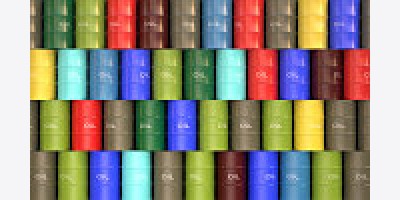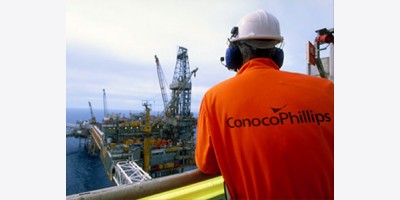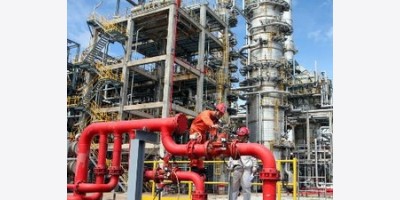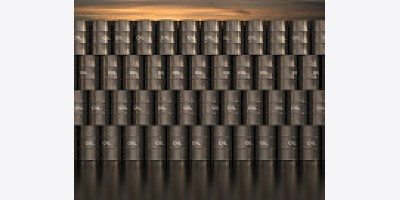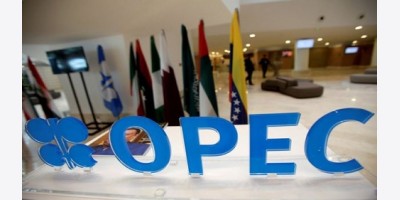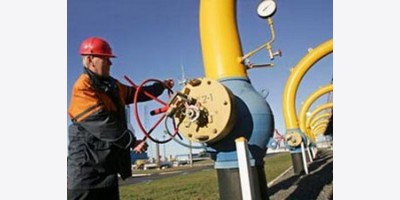The cost of polluting is poised to rebound after the European Union began reducing a record glut of permits to rescue the world’s biggest greenhouse-gas market.
Carbon prices will climb 37 percent by the end of June, according to the median of 11 trader and analyst estimates compiled by Bloomberg. Options data show traders are the most bullish in three years.
Futures that tumbled as much as 92 percent from their peak in 2008 spurred EU lawmakers in March to curb supply in the $47 billion market by postponing sales of some permits. While carbon rallied as traders anticipated the changes, volatility has also increased. Prices fell 30 percent last week as data on emissions from U.K. power plants missed analysts’ estimates.
“A lot of traders bought into the revival-of-the-market idea,” Paolo Coghe, a senior analyst for European power, coal and carbon at Societe Generale SA, said April 2. “Last year, it was about survival,” said Paris-based Coghe, who forecasts a gain of about 30 percent in the second quarter.
Futures already rebounded 7.3 percent to 4.72 euros ($6.45) a metric ton this week on the ICE Futures Europe exchange in London, after reaching a nine-month low on March 28. Carbon’s 30-day historical volatility touched the highest since June, according to data compiled by Bloomberg.
Bullish Survey
Traders and analysts are almost as bullish as they were before last week’s retreat in prices. A survey of nine of them completed March 27 yielded a median forecast of 6.75 euros for futures by the end of June. The latest survey was for 6.50 euros, with estimates ranging from 4.50 euros to 8 euros.
EU permits to emit one ton of carbon dioxide are handed out for free or auctioned to more than 13,000 factories and utilities that must have enough to meet their discharges or pay fines. The surplus probably rose 26 percent to 2.3 billion tons last year, or more than a year’s supply, according to Bloomberg New Energy Finance in London.
The 28-nation EU began to withhold permits on March 12 to support prices. About 900 million tons of supply will be kept through 2016 and returned to the market at the end of the decade. The number of permits sold in auctions this year will be about 50 percent of 2013 sales, according to data from ICE and the European Energy Exchange AG in Leipzig, Germany.
The process, known as backloading, got final approval on Feb. 6 after three years of debates between lawmakers, industry and traders. Nations are now focusing on permanent improvements, including preventing swings in supply through the use of a reserve fund for permits.
Fewer Permits
The price of permits is still 84 percent below the record 31 euros reached in 2006. Gains have been tempered by mounting concern that utilities will need to buy fewer permits.
“The revival is not under question, but its pace is,” said Coghe, who expects prices to average 6.40 euros this year, compared with last year’s average of 4.53 euros.
Emissions from U.K. power plants fell 8 percent last year, according to government data. That compares with a forecast of 6 percent by Nomisma Energia srl, a Bologna, Italy-based adviser to energy companies, banks and governments.
Discharges from the installations in the EU program dropped 3.3 percent last year, a fourth consecutive decline and in line with expectations, according to New Energy analysis of EU data released April 1.
Europe’s warmer-than-normal weather cut demand for power and reduced utilities’ need for carbon permits, said Patrick Hummel, a utilities analyst for UBS AG in Zurich.
Five out of six meteorologists forecast most parts of Europe to be milder-than-normal for a fifth month in April, according to a Bloomberg survey.
Free Allowances
“Right now utilities are buying fewer allowances than they would had we had a normal winter,” Hummel said March 25. He still expects prices to average 8 euros this year because of the supply cuts.
The EU is handing out more than 1.6 billion tons of free allowances in the five months through this month, EU data show.
“An abundance of relatively easily available supply will soften any price gains in the coming months,” Itamar Orlandi, an analyst for New Energy, wrote in an e-mail.
Pollution levels in London soared this week as it was hit by a concoction of dust from a Saharan sandstorm, particles from continental Europe and domestic emissions. The smog pushed the city’s pollution index to levels where those with lung and heart problems should cut exercise, according to government guidelines. Carbon futures cover emissions of greenhouse gases, not air pollution such as smog.
Trading Surge
Futures trading surged 26 percent to a record 2.4 billion tons in the first quarter, ICE data show. Options trading more than doubled to 343 million tons, the exchange’s second-highest quarterly figure.
Options that gain in value as the price of pollution climbs have cost more than bearish ones for the past four months, the longest bullish streak since 2011, according to data compiled by Bloomberg.
The securities give holders the right, but not the obligation, to buy or sell an asset at a set date and price. Contracts to buy are calls and those to sell are puts. Calls that pay if emission prices rise 10 percent cost 1.12 percentage points more than puts betting on a 10 percent fall as of April 3.
“Option volume increased as traders positioned themselves ahead of what was a binary outcome from the backloading vote,” said Nick Eagle, a trader at Clean Energy Group Ltd. in London. “The focus is now on structural reform, which experience shows us is going to be a tortuously long road.”
By Bloomberg







